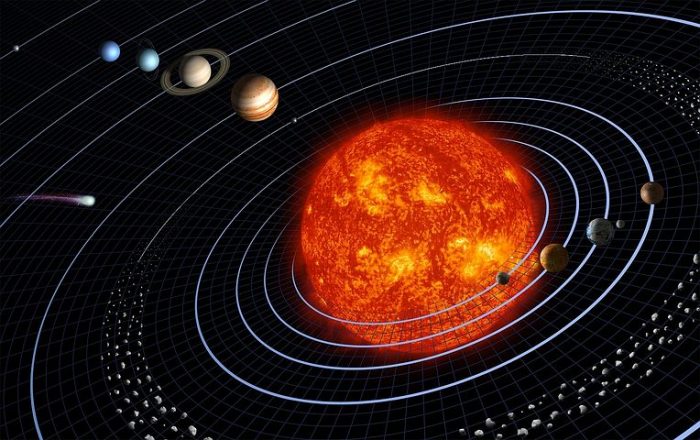(Live Science) NASA’s Juno spacecraft recently spotted a possible new volcano at the south pole of Jupiter’s most lava-licious moon, Io. But this volcanically active moon is not alone in the solar system, where sizzling-hot rocks explode and ooze onto the surface of several worlds. So how do Earthly volcanoes differ from those erupting across the rest of the solar system?
Let’s start with Io. The moon is famous for its hundreds of volcanoes, including fountains that sometimes spurt lava dozens of miles above the surface, according to NASA. This Jupiter moon is constantly re-forming its surface through volcanic eruptions, even to this day. Io’s volcanism results from strong gravitational encounters between Jupiter and two of its large moons, Europa and Ganymede, which shake up Io’s insides.
NASA’s Juno Mission Spots Another Possible Volcano on Jupiter’s Moon Io #space #astronomy https://t.co/usLUUErUNi
— ✨The Solar System✨ (@The_SolarSystem) July 29, 2018
